‘Space Babies’ launched Doctor Who Series 1 with a chuckle, in-keeping with Russell T Davies’ propensity to start new seasons with a softer tone. How does it compare to his previous opening episodes?
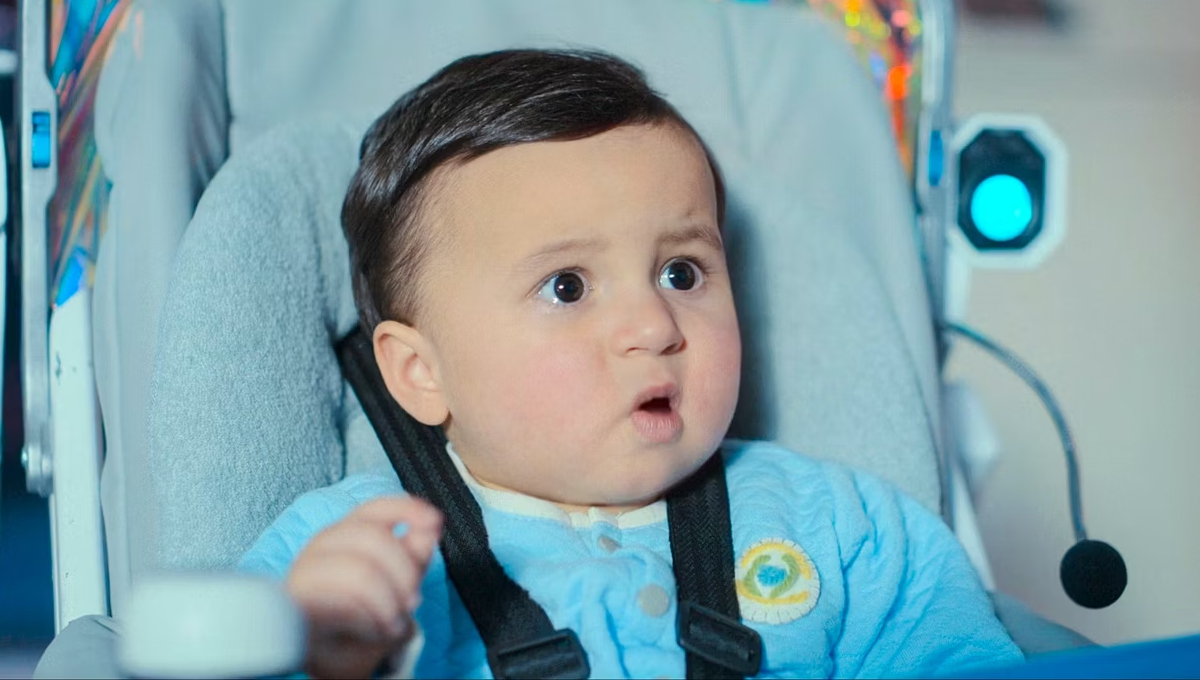
Ever since Russell T Davies first became Doctor Who‘s showrunner, he has opted to launch his Doctor Who seasons with ‘lighter’ episodes. Certainly, ‘Space Babies’ was more of a family-oriented adventure than some of the grittier Doctor Who stories of the past – after all, the main baddie in ‘Space Babies’ was a monster which was literally made-up of bogies (i.e. human snot.) And the twist, of course, was that this monster was the ‘bogeyman.’
All of this fell against the backdrop of the space babies themselves – actual babies who had developed the ability to speak and had learnt how to manage a space station. These babies were more cute than creepy, though, even if it was a little uncanny to see them talking like much older children. There was also the mysterious pressure build-up in the ship’s hull, which turned out to be six years’ worth of methane gas which had accumulated from the babies diapers, and the Doctor expelled the gas from the space station in order to kick-start its engines – definitely one of Doctor Who‘s more unusual plot points.
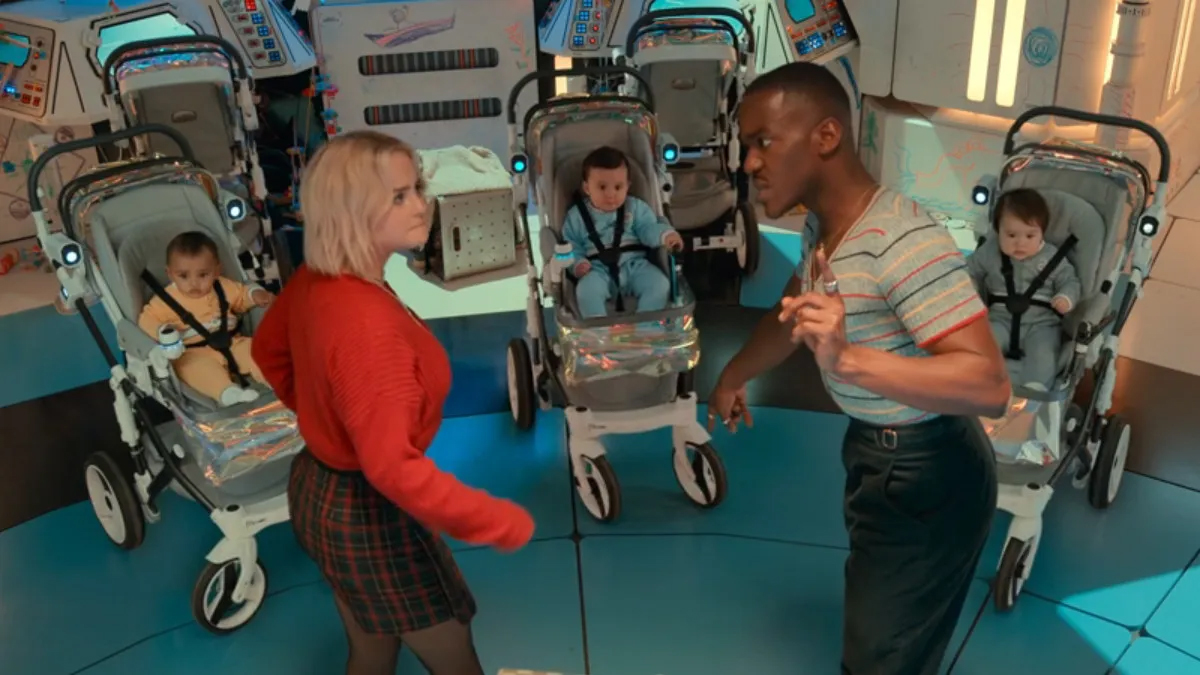
Obviously, there is nothing wrong with having a more lightweight Doctor Who episode, but there is a clear distinction between episodes like ‘Space Babies’ and the ones which are more serious in tone like ‘Boom‘ or even classic stories like ‘The Caves of Androzani’ or ‘Vengeance on Varos.’ For example, ‘Space Babies’ could easily be transposed into a Pixar movie, with songs; this couldn’t be done so easily with ‘Dark Water’ or ‘The Satan Pit’!
Of course, any Doctor Who fan who is familiar with Russell T Davies’ work will know that he tends to launch his new seasons with more humorous tales. The 2005 episode ‘Rose’ is an exception, although even this story featured one of the series’ most obviously comical moments to date: the scene in which the Ninth Doctor wrestled with the severed arm of an Auton, all while Rose (blissfully unaware) chatted away making tea.
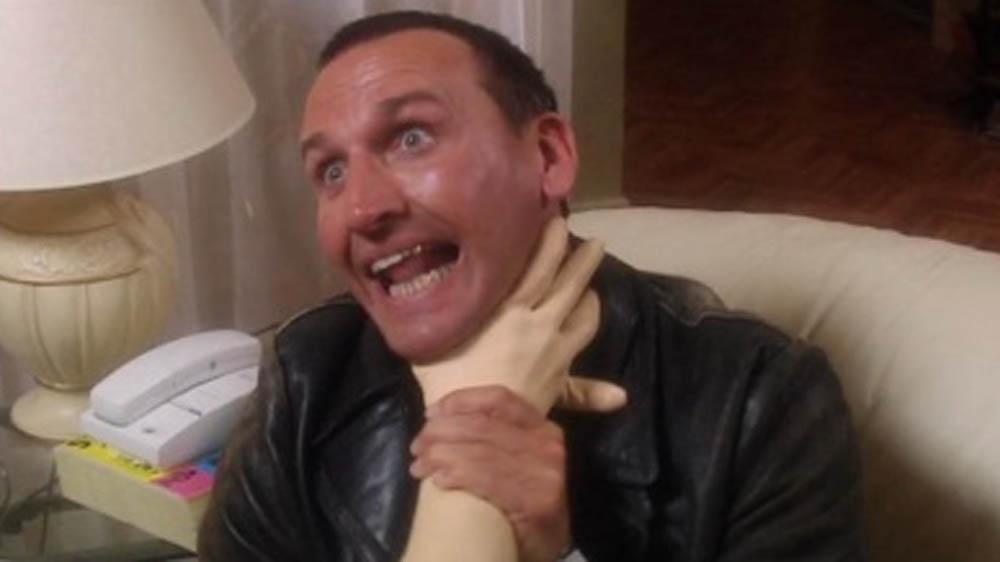
Then there is the 2006 season opener ‘New Earth’ which saw the return of the somewhat pantomimic villain Cassandra, played by Zoë Wanamaker – a woman who is so obsessed with cosmetic surgery that she has been reduced to a single piece of skin stretched across a metal frame. But in ‘New Earth,’ Cassandra is determined to find a new body for herself, and the entire episode revolves around her transferring her consciousness into different bodies, including the Doctor’s and Rose’s. This results in Billie Piper ably doing her best Zoë Wanamaker impression, followed by David Tennant doing his best impression of Billie Piper doing her best impression of Zoë Wanamaker. Keeping up?
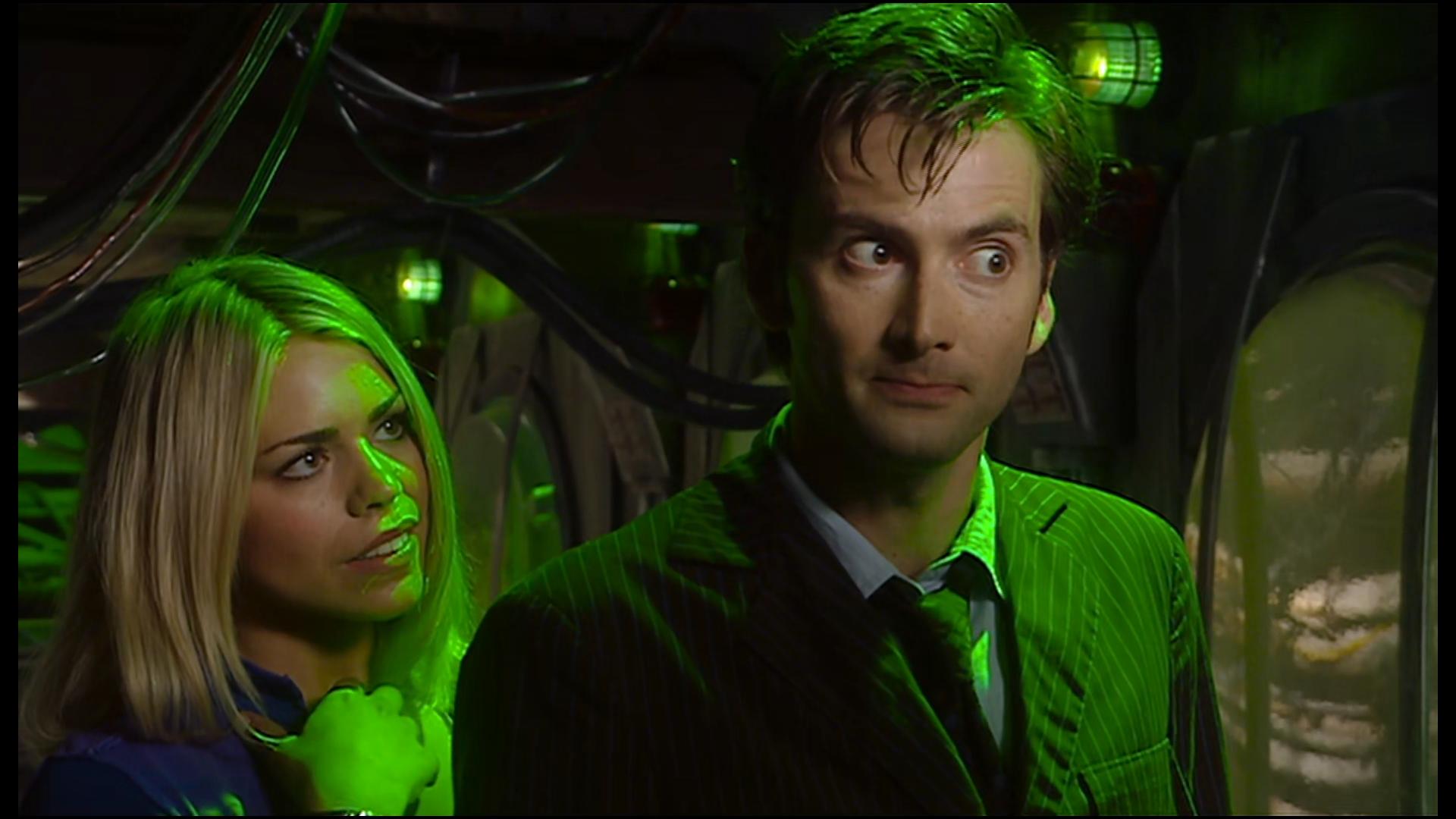
And, love it or hate it, ‘New Earth’ turned out to be an important episode in the Whoinverse as it marked the beginning of David Tennant’s first series as the Doctor. Tennant would go on to become one of the show’s most popular incarnations, returning for the 50th anniversary in 2013, and in 2023 as the Fourteenth Doctor.
He was also the Doctor when 2008’s ‘Partners in Crime’ came around. Interestingly, this episode also dealt with space babies, although this time they were somewhat more sinister – they were called the Adipose and were made up of human fat, which burst out of people’s bodies as part of a horrendous weight-loss programme.
It’s a creepy idea, but that’s not to say that ‘Partners in Crime’ is a creepy episode. It feels much more like a situation comedy, and is arguably one of the most overtly comical episodes of the modern series, apart from Series Two’s ‘Love & Monsters.’ It certainly plays to the strengths of comedic actor Catherine Tate, who returns in ‘Partners in Crime’ as the ever-popular Donna Noble; arguably, her most successful (and amusing) scene would have to be the one in which she tries to communicate with the Doctor silently through a window – all while the villainous Miss Foster looks on, completely bemused.
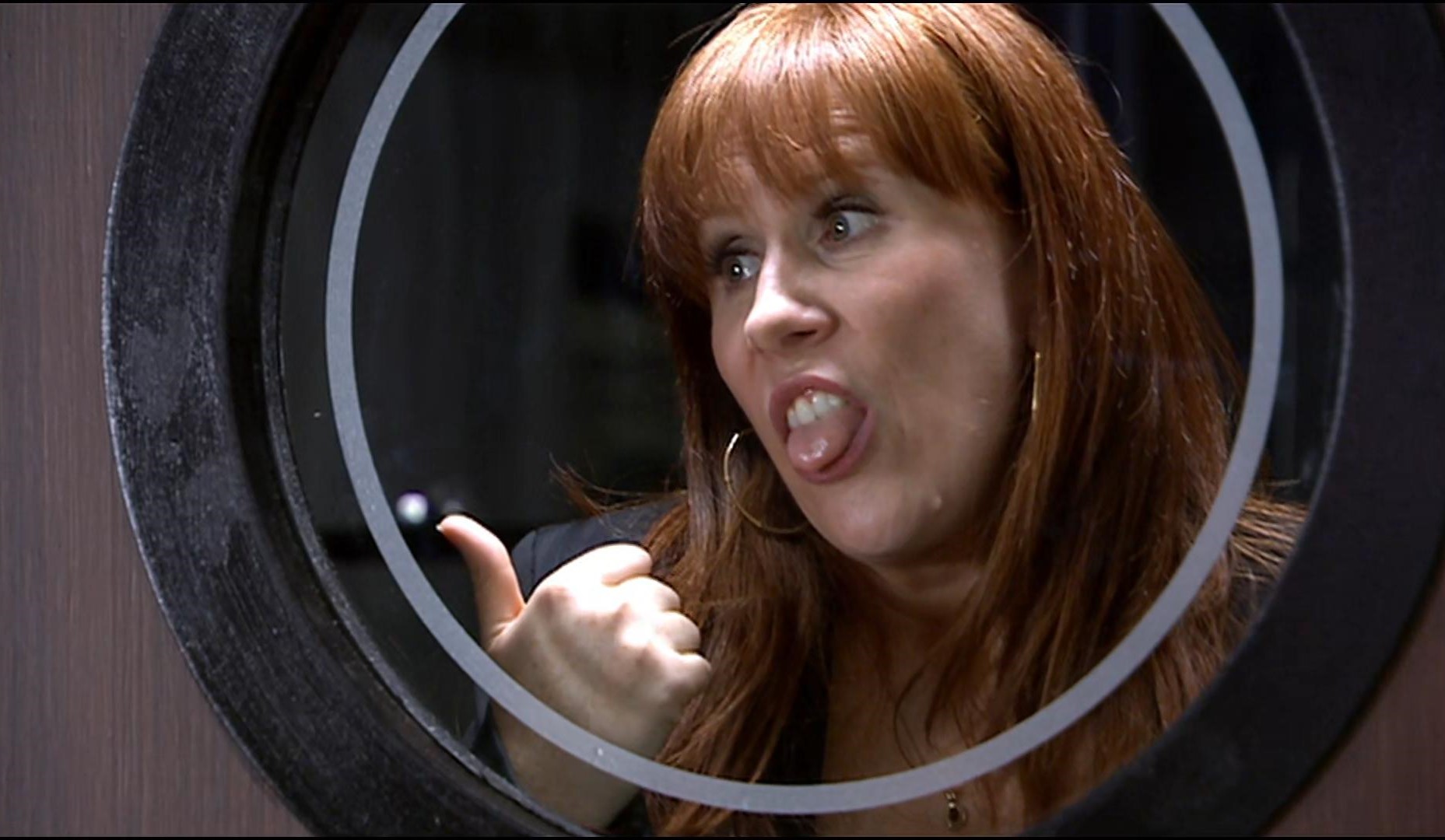
There is also a funny moment where her grandfather Wilfred Mott is stationed on a hill with a telescope, dutifully keeping watch on the night skies whilst completely unaware of the fact that a huge alien mothership is hovering behind him!
Some parts, however, take the comedy to almost cartoonish levels which challenge credulity (a bit like the diaper-powered spaceship in ‘Space Babies.’) This happens towards the end of the episode when Miss Foster is hovering over the streets of London in a tractor beam. When the beam is cut, she takes a moment to ‘realise’ that she’s dead before she falls: she looks down, looks up, gasps, falls! It’s the kind of ‘comic book’ death that one might expect to see in Tom and Jerry or Scooby Doo, and whilst it doesn’t make much sense in terms of the laws of physics, it is amusing.
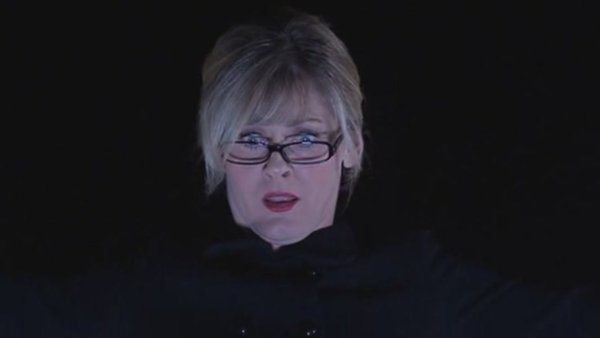
And that is clearly the effect that Russell T Davies was going for with these opening episodes. ‘Space Babies,’ ‘New Earth’ and ‘Partners in Crime’ are gentler stories which are intended to have the viewers laughing out loud. Yes, there are still scary moments, but Davies’ aim is to crack a smile before hitting viewers with harder stuff later in the season.
But does Doctor Who need this? Does a new series need to launch with ‘gentler’ stories like ‘Space Babies’ in order to ease viewers in? There’s no clear answer to that question, and it really comes down to personal preference. Certainly, other showrunners like Steven Moffat have taken different approaches to their season openers; ‘The Impossible Astronaut,’ for example, started with the Doctor’s death and funeral, with his body being burned on a boat on Lake Silencio – a far cry from your average Pixar movie!
How do you feel about the more ‘comical’ Doctor Who season openers? And what was your favourite part about ‘Space Babies’? Let us know in the comments below.









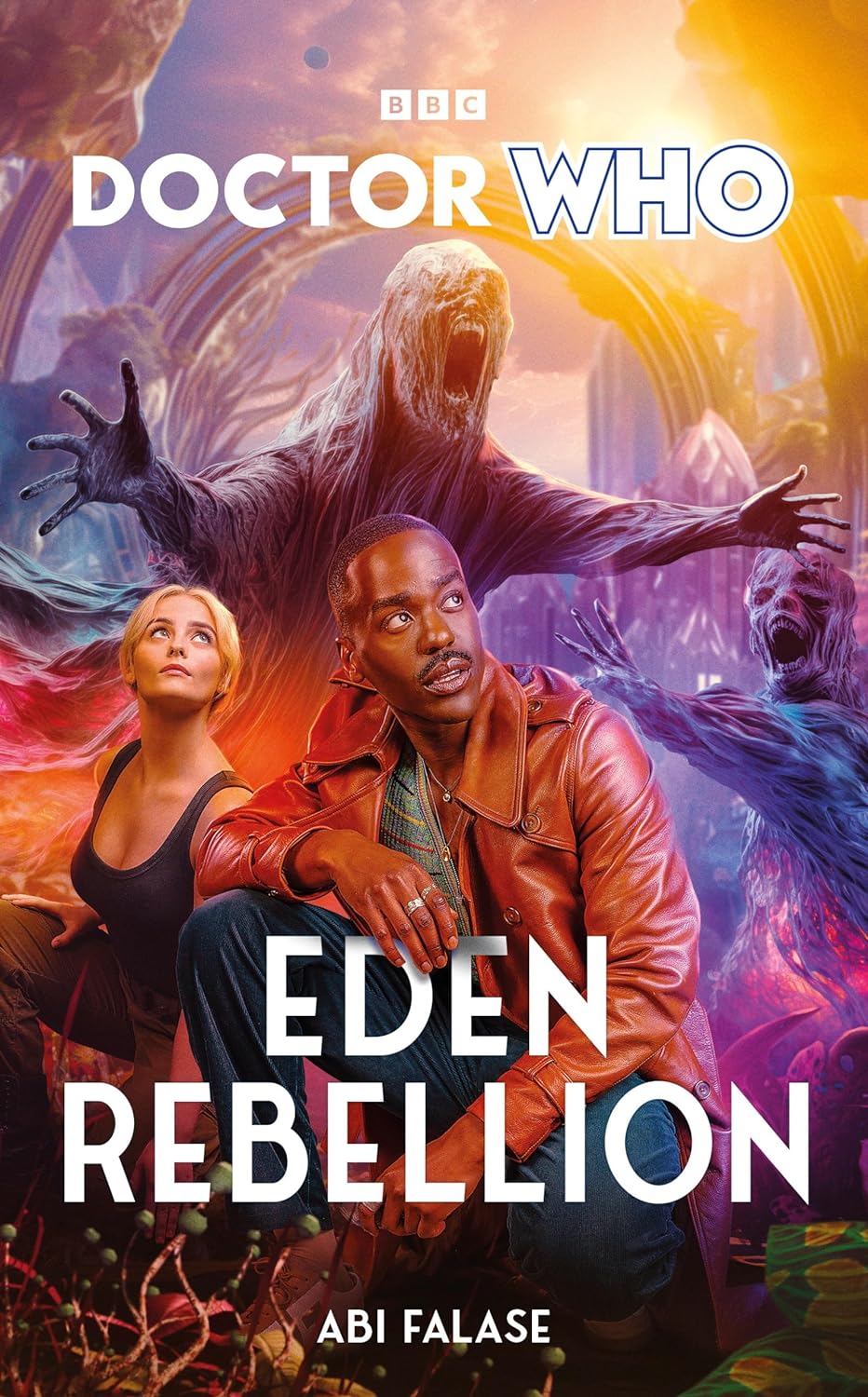
Leave a Reply